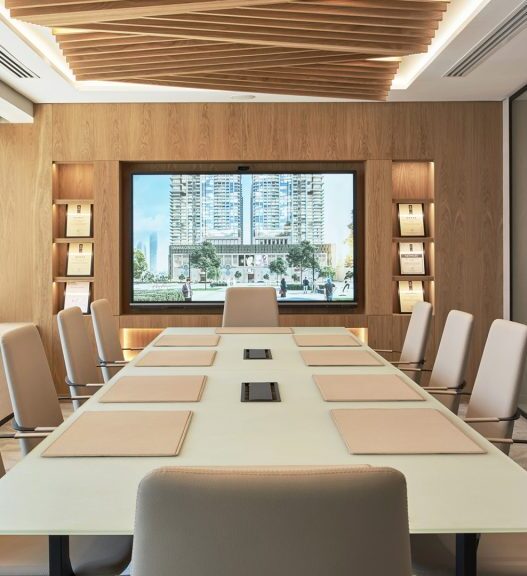How Props and Set Design Make or Break an Escape Room Experience
Escape rooms are exciting adventures. They pull you into a story and test your problem-solving skills. But what makes an escape room unforgettable? Is it the puzzles? The story? Or the ticking clock?
While all of this matters, the props and set design often steal the show. Good props and set design can transport you into another world. Poor ones can ruin the magic. Here’s how they make or break an escape room experience.
Creating the Right Atmosphere
Source: https://cdn.pixabay.com/photo/2023/06/14/18/22/ai-generated-8063802_640.jpg
Props and set design set the tone. When you walk into an escape room, you want to feel like you’re stepping into a different reality. Imagine entering a pirate ship, a haunted house, or a spy headquarters. The props and decorations make you believe you’re there. Dim lighting, realistic furniture, and detailed walls help create this illusion.
A treasure chest that looks worn adds to the pirate theme. Moreover, you can use flickering lights and spooky cobwebs to create an eerie feel in a horror-themed game! Without these, the escape room feels flat. When the setting is believable, players get immersed. They forget they’re in a regular room. They feel part of the story.
Telling the Story
Every escape room has a story. Props and design help tell that story. A good escape room doesn’t need a long introduction. Players understand the plot just by looking around.
For example, in a spy-themed room, you might find gadgets, briefcases, and secret documents.
These items don’t just decorate the space. In fact, they narrate the story of the game! Without good props, the story feels disconnected. Players might struggle to understand their mission. A messy story breaks immersion and can frustrate the team.
Guiding Players Without Words
Props and design can also guide players. They show where to look and what to do. This is called environmental storytelling. For example, a dusty old book on a clean desk stands out. It tells players, “Check this book!”
A picture frame slightly tilted on the wall might hide a clue. A glowing lockbox draws attention to itself. This subtle guidance is better than giving verbal hints. It keeps the experience natural. Players feel smart for noticing details.
If props and design don’t guide players well, confusion takes over. Teams waste time on irrelevant items. They might even break the flow of the game by asking for too many hints.
Enhancing the Puzzles
Puzzles are the heart of an escape room. Props make those puzzles come to life. Imagine solving a code by playing an old piano or finding a clue inside a hollowed-out globe. These moments feel special because the props are interactive and creative.
A plain piece of paper with numbers scribbled on it feels boring. But the same puzzle hidden in a treasure map feels exciting. Good props make puzzles memorable. If props are cheap or flimsy, the puzzles suffer. Imagine turning a fake key, and it breaks. Or trying to read a clue, and the writing smudges. Poor-quality props ruin the experience and waste precious time.
Building Tension and Emotion
Set design affects how you feel during the game. A good escape room plays with your emotions. In a haunted room, eerie props like broken dolls or creaky doors can send shivers down your spine. In a treasure hunt, glowing gems or golden coins can spark excitement.
Even the room’s size matters. A cramped room can make players feel panicked. A wide-open space can make them feel free but alert. The right design creates the right mood. If the room feels empty or poorly planned, players might not connect emotionally. The game feels less engaging.
Preventing Frustration
Bad props and set design can lead to frustration. Imagine pulling on a drawer that’s part of the design but has no clues inside. Or spending 10 minutes on a lock, only to realize it’s broken. Props should feel sturdy and reliable.
Players should trust that every item serves a purpose. Random items or faulty design waste time and break immersion. Good design avoids red herrings—props that distract but serve no purpose.
Leaving a Lasting Impression
Source: https://cdn.pixabay.com/photo/2016/09/17/07/30/man-1675685_1280.jpg
Props and set design make the game memorable. Players often talk about the coolest props or most creative puzzles they encountered. A pirate room might have a giant ship’s wheel to steer. A spy room might feature a fake laser maze.
These standout moments are what players remember long after the game ends. They also make players recommend the escape room to others. On the flip side, boring props or lackluster design make the experience forgettable. Players leave feeling disappointed, even if the puzzles were good.
Balancing Realism and Functionality
Source: https://cdn.pixabay.com/photo/2016/01/22/11/50/live-escape-game-1155620_640.jpg
While realism is important, props must also work well in a game setting. For example, a realistic prop might be too fragile for repeated use. A fancy lock might confuse players instead of challenging them.
Good escape rooms strike a balance. They make good use of both realistic and practical props. Players should be able to interact with the set without worrying about breaking something.
Conclusion
Props and set design are more than just decoration. They create the world, tell the story, and guide players. They enhance puzzles and build emotions. They can make a room unforgettable or leave players underwhelmed.
For escape room designers, investing in high-quality props and creative set design is key. For players, paying attention to these details can make the experience even more fun. Next time you step into an escape room, look around. Notice the props, the walls, and the details. They are the hidden heroes that make the magic happen.
PLAGIARISM REPORT:
AI-DETECTION REPORT:











